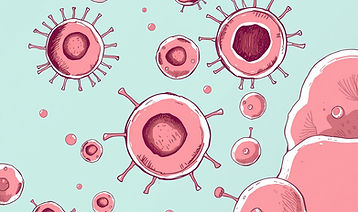top of page

Biotechnology Notes
Cell Signaling
signaling is a vital process through which cells communicate with each other to coordinate their activities and respond to their environment. It involves the transmission of signals, often in the form of molecules that bind to specific receptors on target cells, triggering a cascade of cellular responses.

bottom of page







